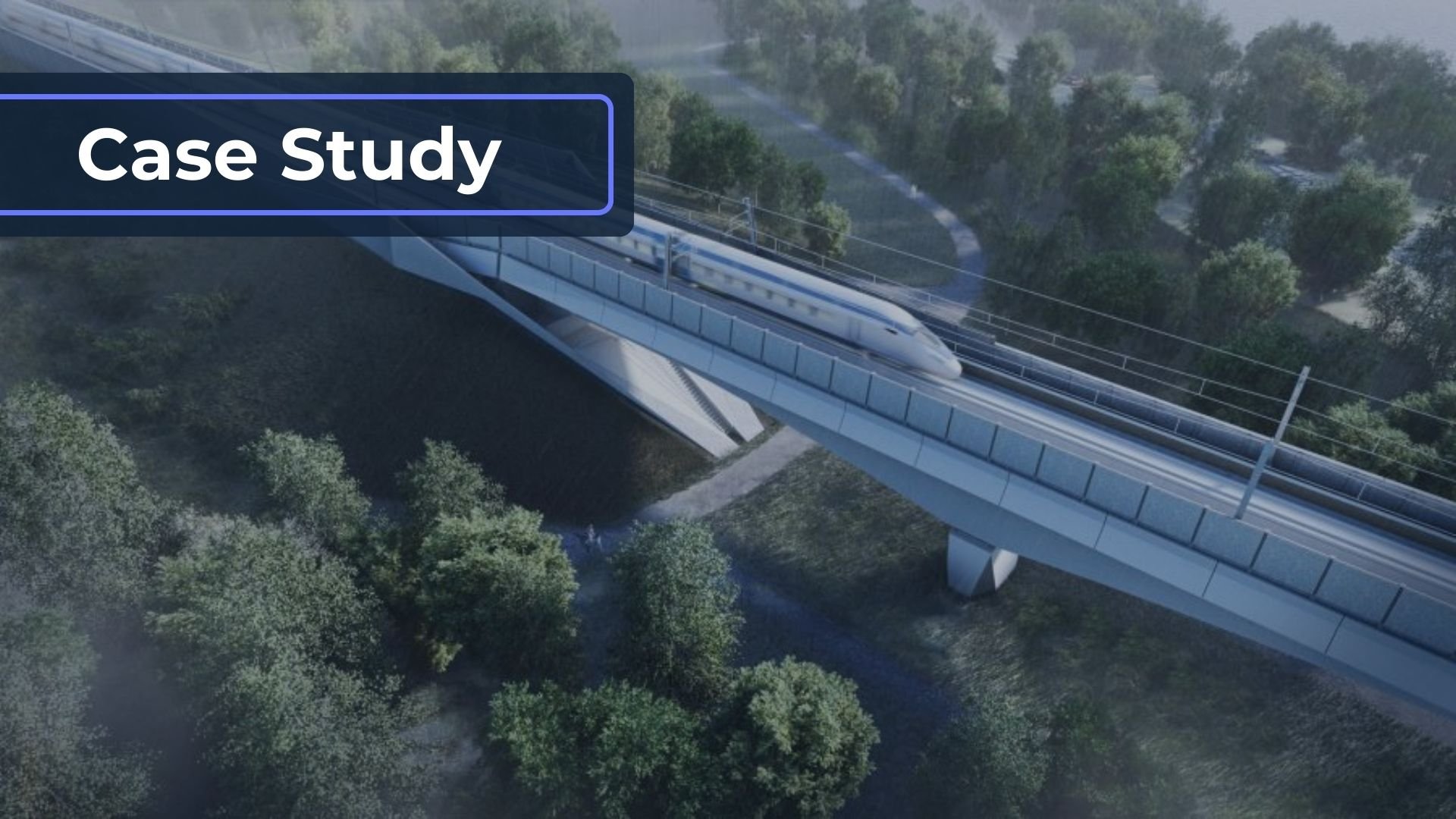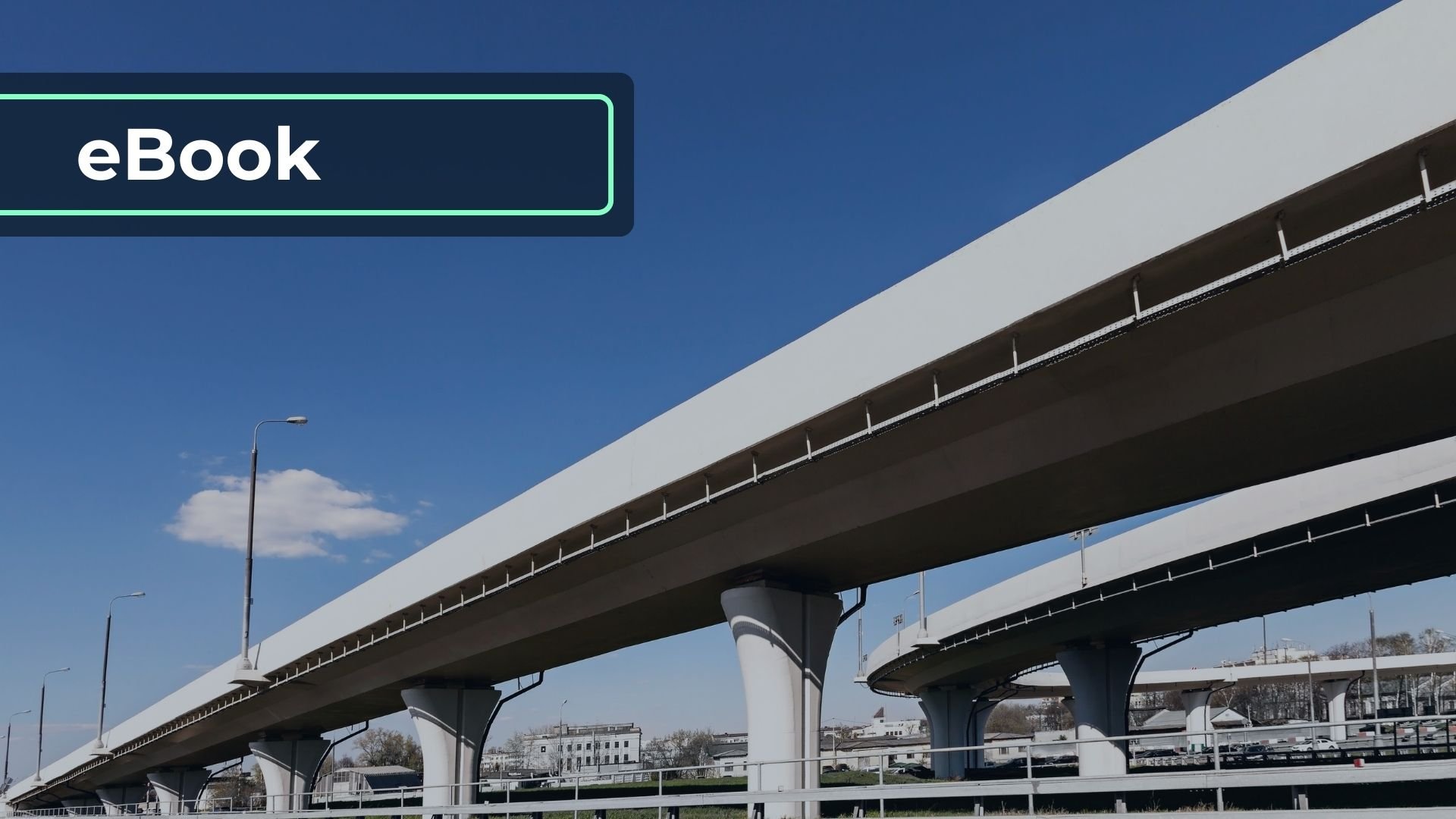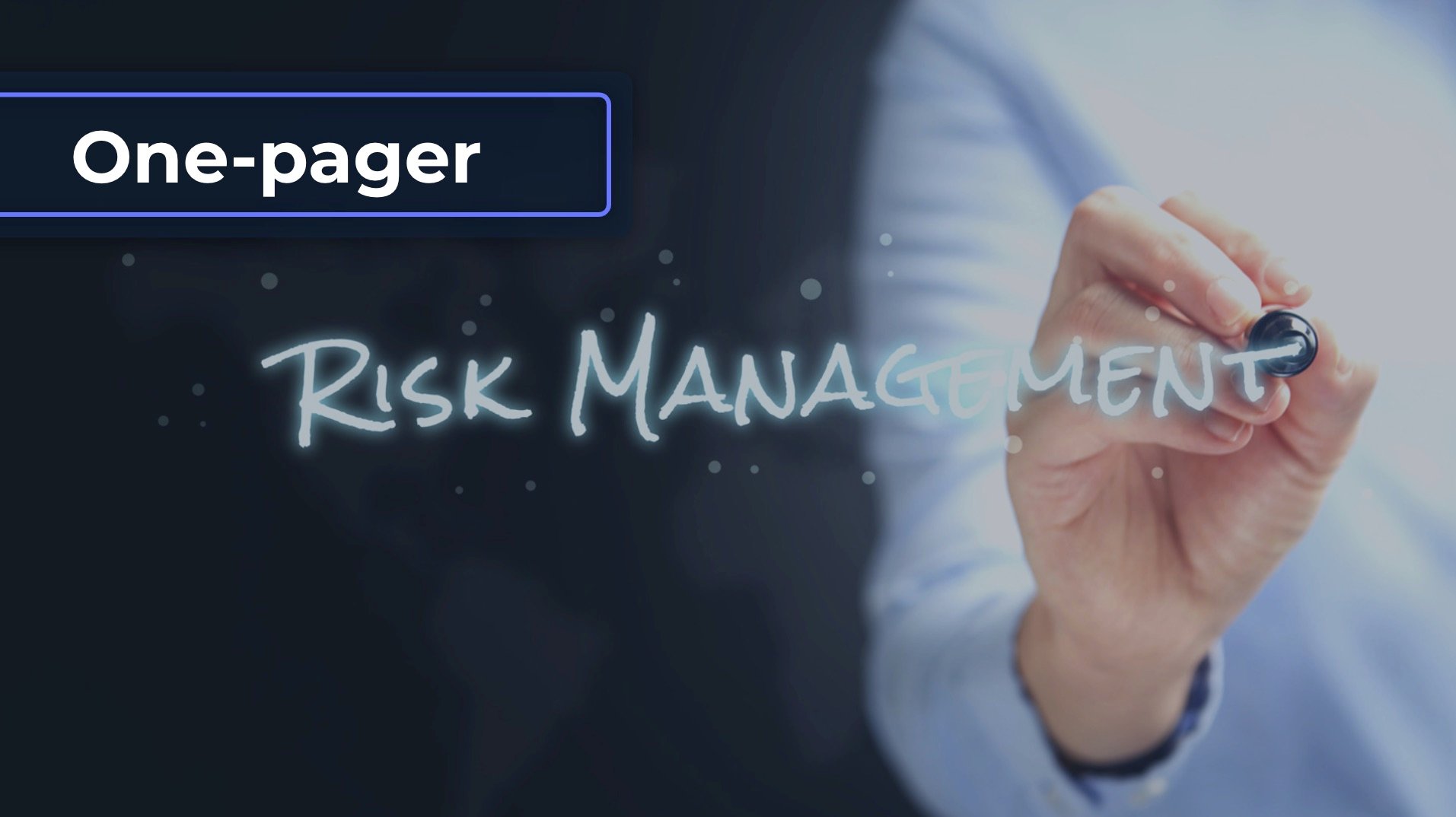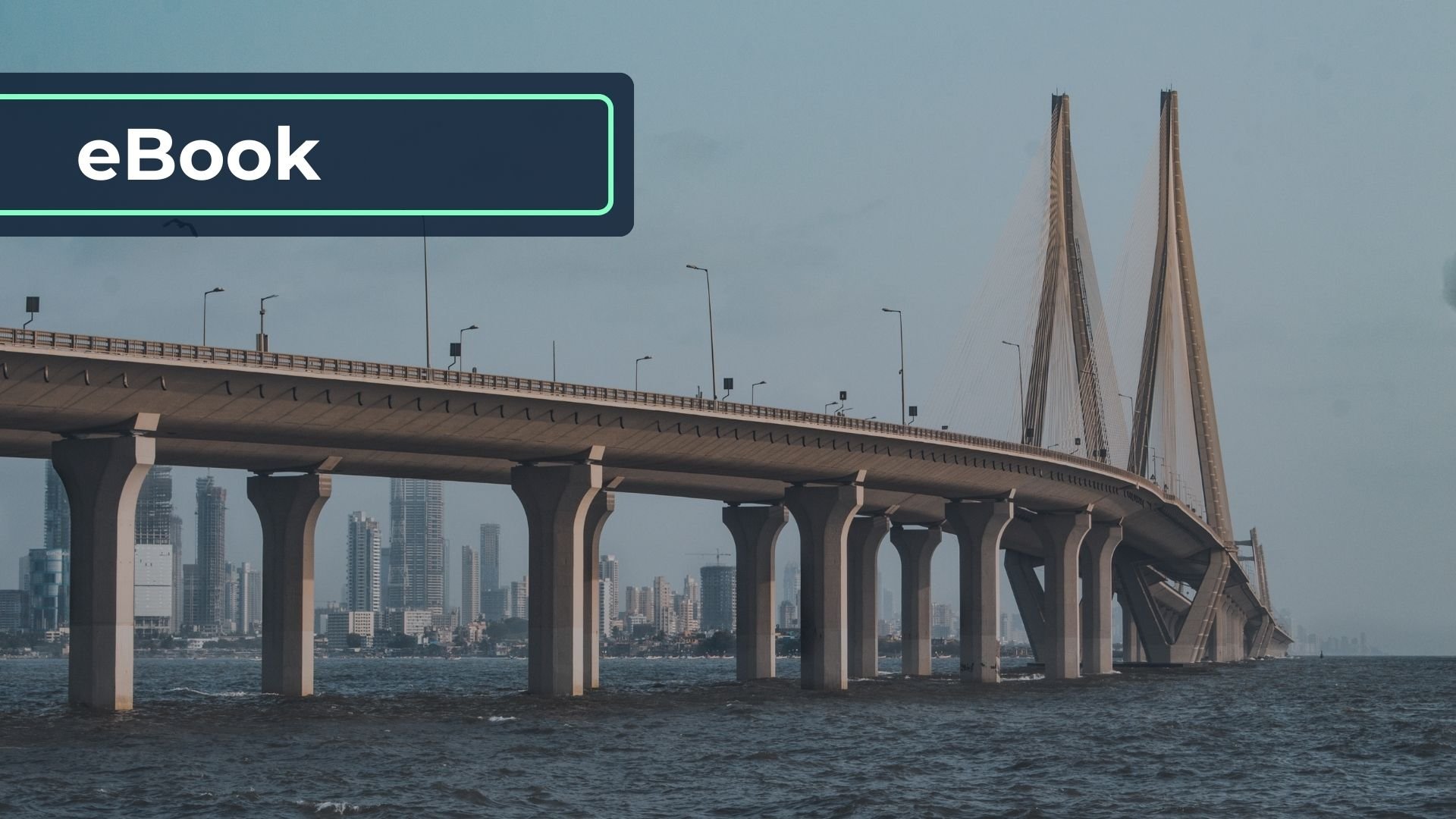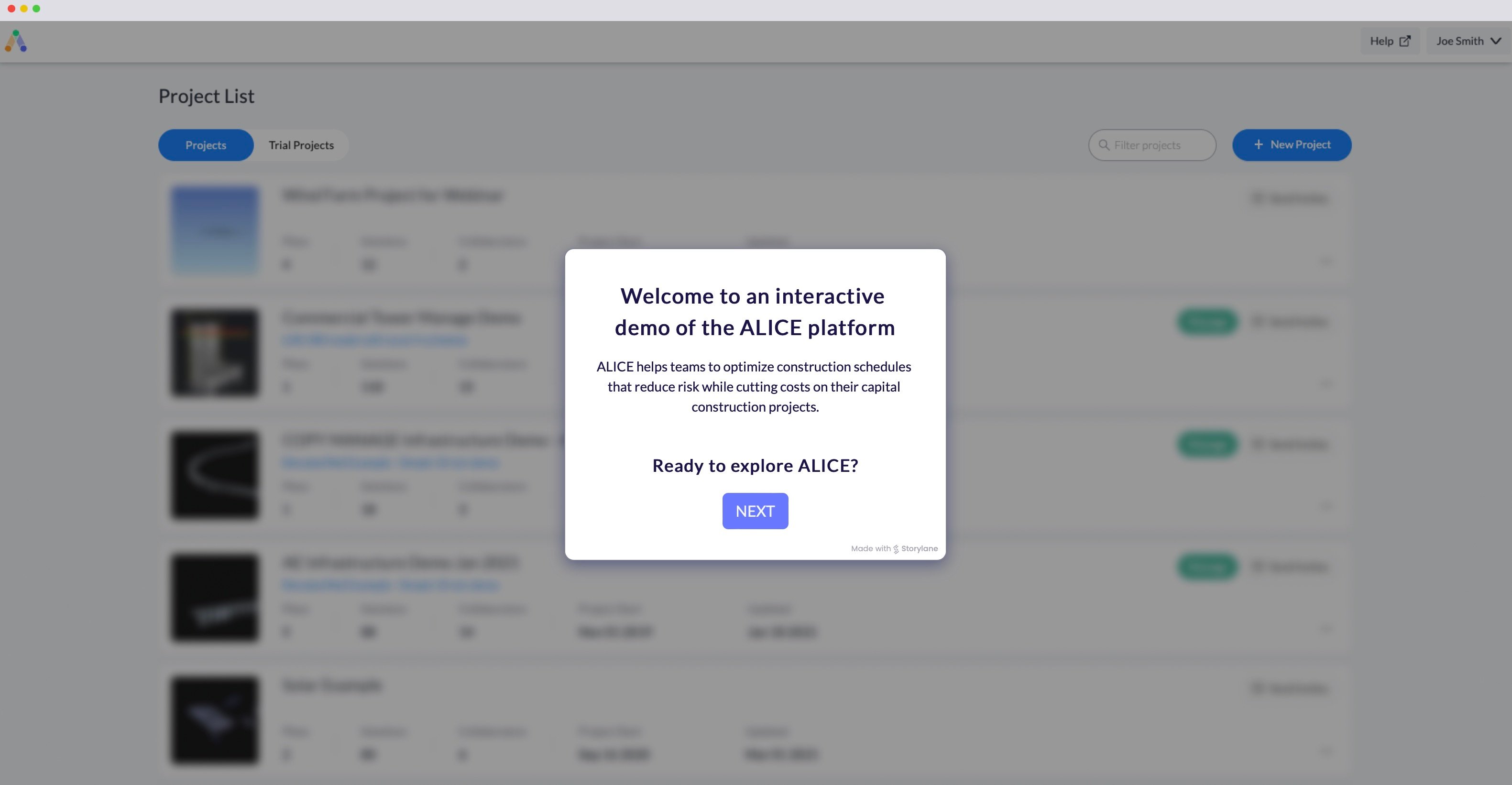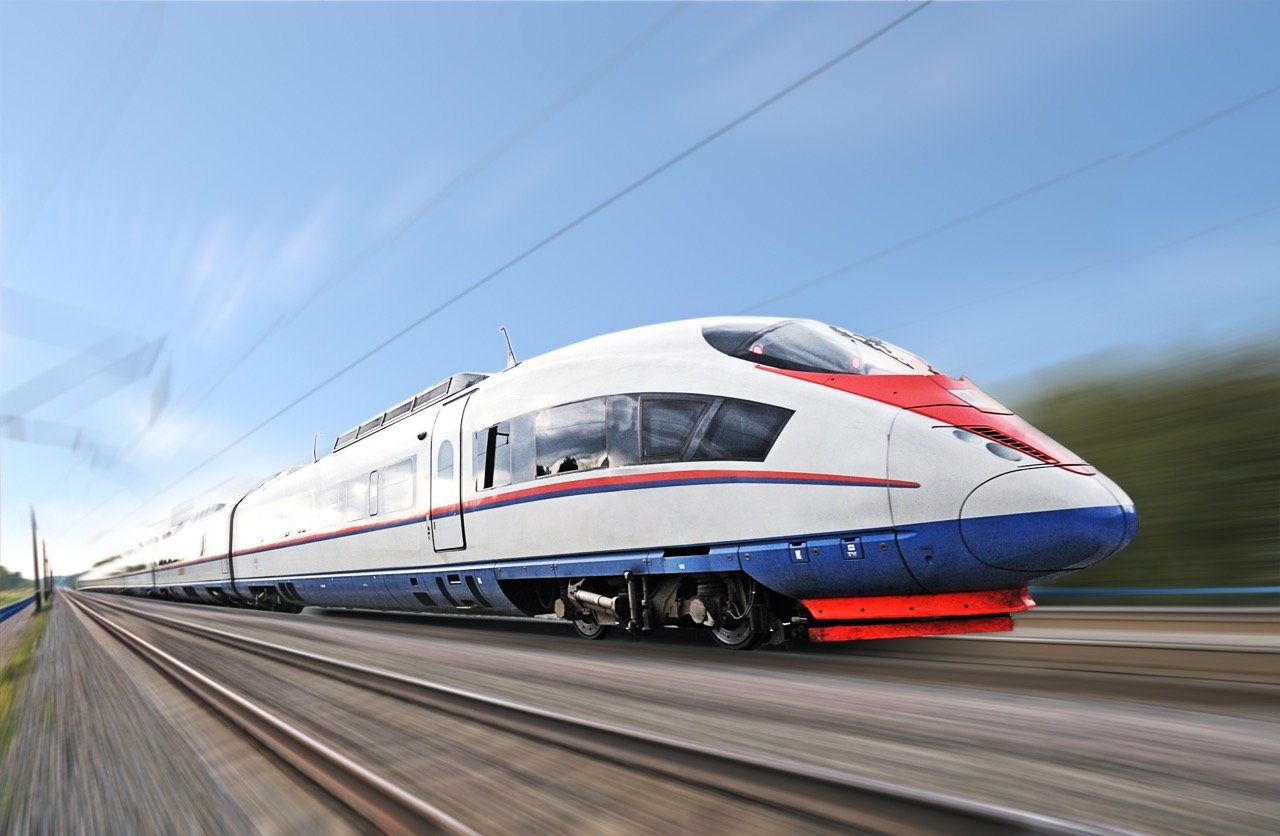
FOR OWNERS AND CONTRACTORS
Optimize rail and metro construction with generative construction technology
Linear, complex, multi-faceted rail and metro projects have plenty of opportunity for optimization with AI-powered generative construction scheduling technology, ALICE.
Explore and resolve construction challenges and mitigate risks on your linear or vertical capital railway + metro construction projects with ALICE
Submit bids with confidence
Use ALICE to explore a variety of construction options and create detailed, resource-loaded schedules you need to pursue and win profitable projects.
Optimize productivity
Optioneer execution strategies in ALICE to identify the cost and time impact of your decisions, for example:
How can we build the viaduct more efficiently with an optimal resource mix?
Reduce risk through optioneering
Create an optimal project schedule and resource allocation with ALICE to optimize cost-effective project delivery. ALICE further assists in mitigating delays by automatically generating corrective schedules.
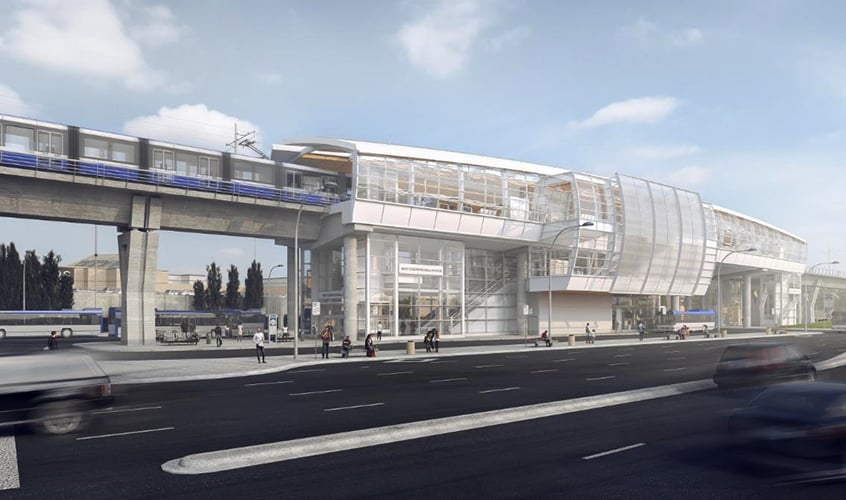
CASE STUDY
Parsons Leverages ALICE to Win Edmonton Light Rail Project
The City of Edmonton, Canada, planned to expand its public transportation system with the construction of the Valley Line West light rail extension. This 8.7-mile rail extension will include 14 street-level stations and two elevated stations, with the project estimated to cost $2.6 billion in total.
Parsons used ALICE to help it develop a competitive construction schedule in its bid for the work.
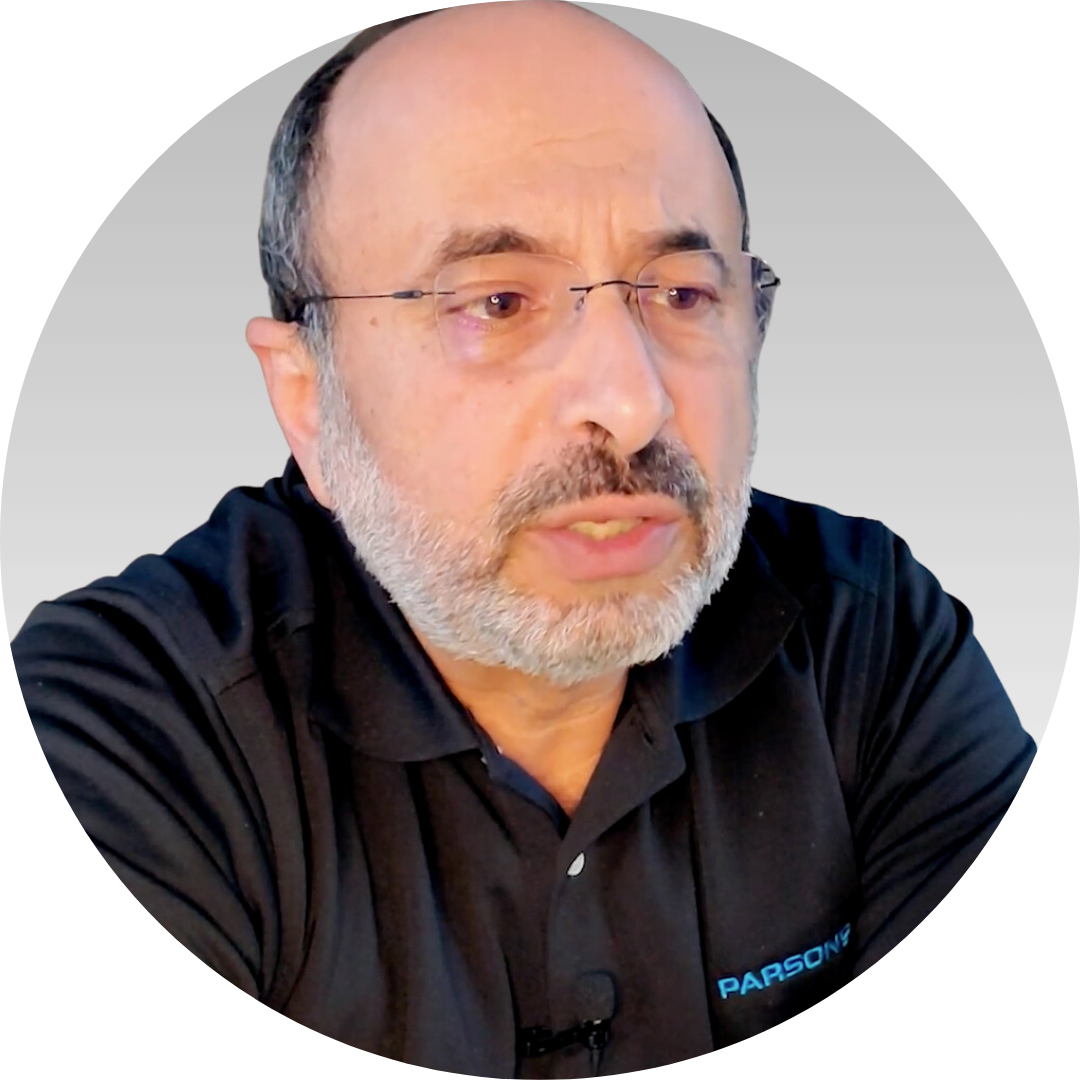
“ALICE has allowed us to be more competitive in the bid and more efficient during the project's execution.”

Railways + Metros Construction Management Software
More resources from ALICE
Align JV optimizes HS2's viaduct construction with ALICE
Align JV used the ALICE construction optioneering platform to test its schedule assumptions and look for improvements.
ALICE for linear projects
Explore how ALICE resolves linear construction challenges such as access point constraints, easements, logic and sequencing, etc.
Risk Management with ALICE
ALICE models specific risk events using generative construction technology to determine the most effective recovery scenarios from a wide range of variables.
Mega Surprises of Megaprojects
Discover surprising insights about the challenges and complexities of megaproject construction and how ALICE can improve planning and execution.
Interactive product tour of the ALICE platform
Take this interactive product tour of ALICE to explore the platform's different features.
ALICE PRICING
Start here to get your custom quote now
What type of company do you work for?
What is the size of your project?
What are your top priorities?
Which of the following best describes your business model?
What are your top priorities?
What is the construction value of your average project?
We need a bit more information to prepare your custom quote
Almost done! How should we reach out to you?
Tell us more about yourself.
Thanks!
We’ll review the information you submitted and be in touch shortly. In the meantime, check out some of these links if you want to learn more about us.
Optimize every construction phase with ALICE
ALICE gives you new planning and construction super powers
Resources that help you evaluate the best
railways construction software
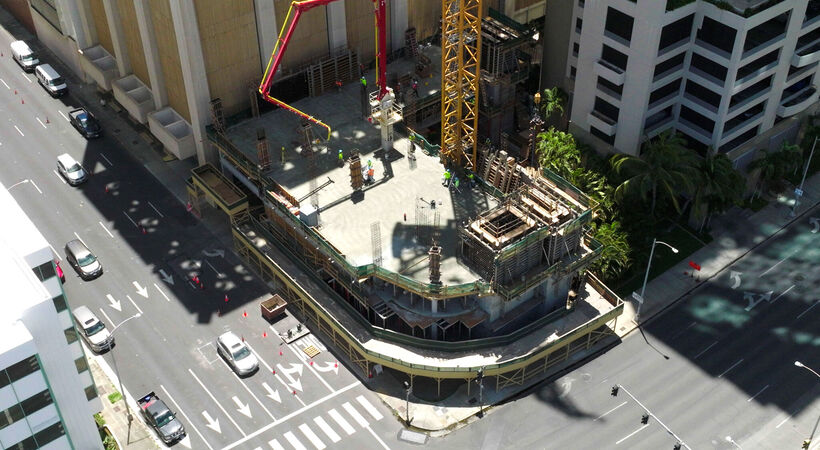
Tips to Recover a Derailed Project at Lightning Speed
When unexpected obstacles crop up (as they inevitably will), here are some best practices to help you respond quickly and effectively

On the Fast Track: Top 10 Largest High-Speed Rail Projects Under Construction Worldwide
Discover the top 10 largest high-speed rail projects under construction worldwide.
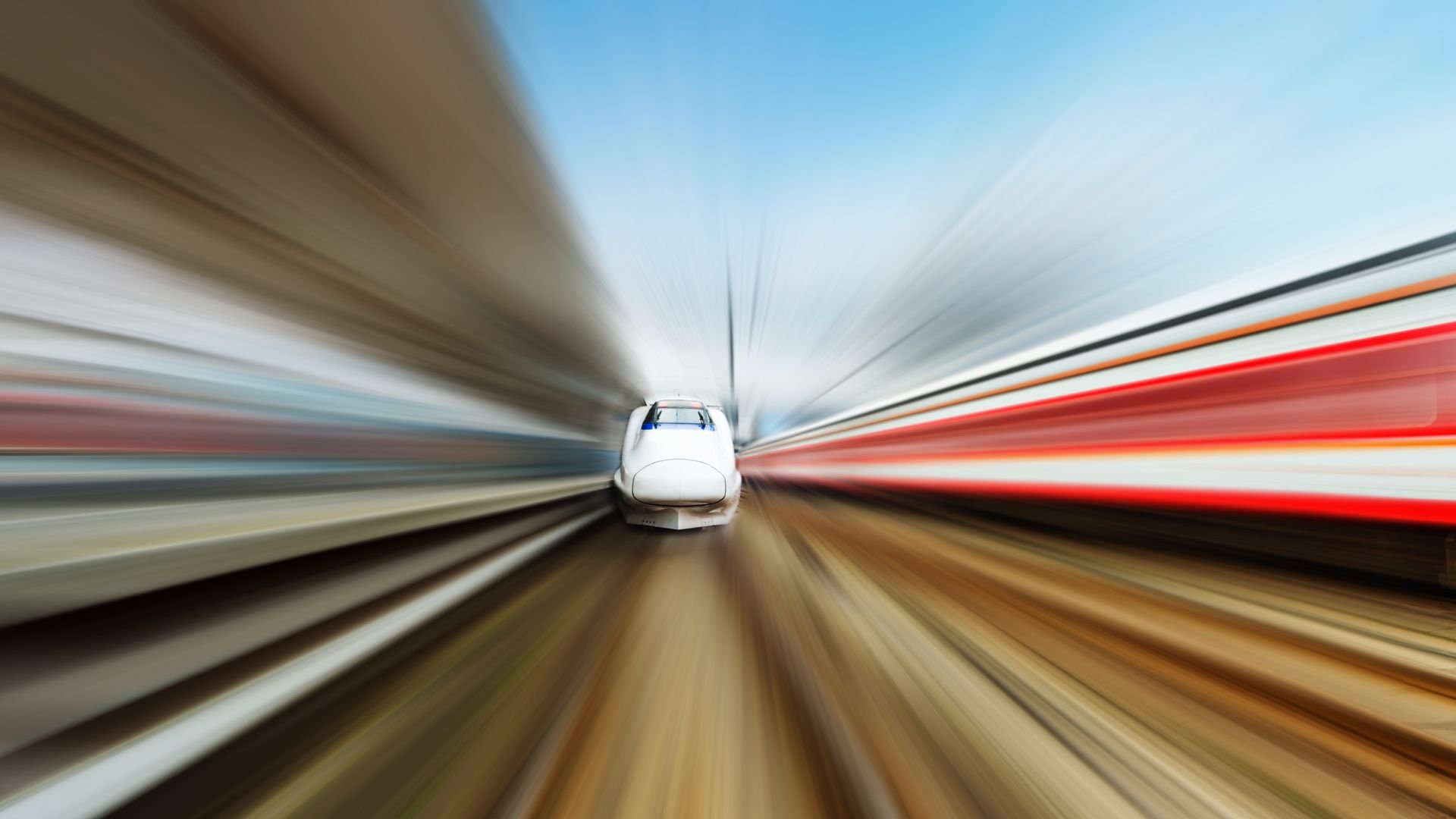
High-Speed Rail Projects: 10 Global Ventures Facing Delays and Budget Overruns
Discover the challenges faced by high-speed rail projects worldwide, including delays, budget overruns, and public scrutiny.
Railways + Metros Construction Project Scheduling Software
Frequently asked questions
-
Predicting the amount of time it takes to build a quality railway system is complex due to the wide range of factors that can influence the overall length of the process. That being said, one can estimate that if one wanted to lay 500 miles of rail, it could take approximately 36 to 48 months to complete the permit process and another 24 to 36 months for the actual construction of the railway.
-
Building a metro system is an incredibly intricate and time-consuming process; that being said, it comes down to five simple steps.
The first step is to prepare the site by relocating and protecting current utilities. The second step is installing piling and decking, which acts as a temporary street surface. After installing the piling and decking, contractors can begin the excavation and tunneling process (for the future station box site).
Once the excavation and tunneling process is complete, it’s time for the station construction to commence. The final step is street restoration, which involves removing the decking and piling.
-
Like any construction project, building a metro station comes with a variety of risks. Some of the risks include:
- Political risks
- Construction risks
- Financial risks
- Market and revenue risks
- Operating risks
- Legal risks
Construction company owners and general contractors should be aware of the construction-related risks that can affect the overall profitability and efficiency of the project.
-
Several weather and climate-related issues can have adverse effects on railway structures. For instance, unseasonably high temperatures can cause rails to buckle and lead to thermal expansion in metro structures. On the other hand, frigid temperatures can damage signaling equipment and overhead lines. Additionally, windstorms and tornadoes can cause extensive damage to railway infrastructure and potentially misalign the tracks.
